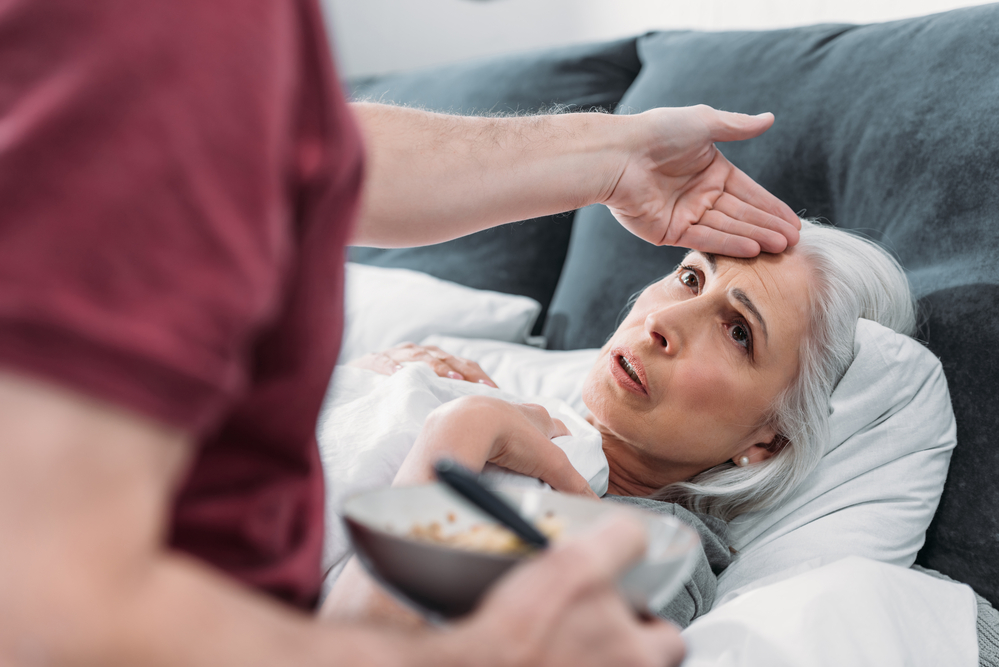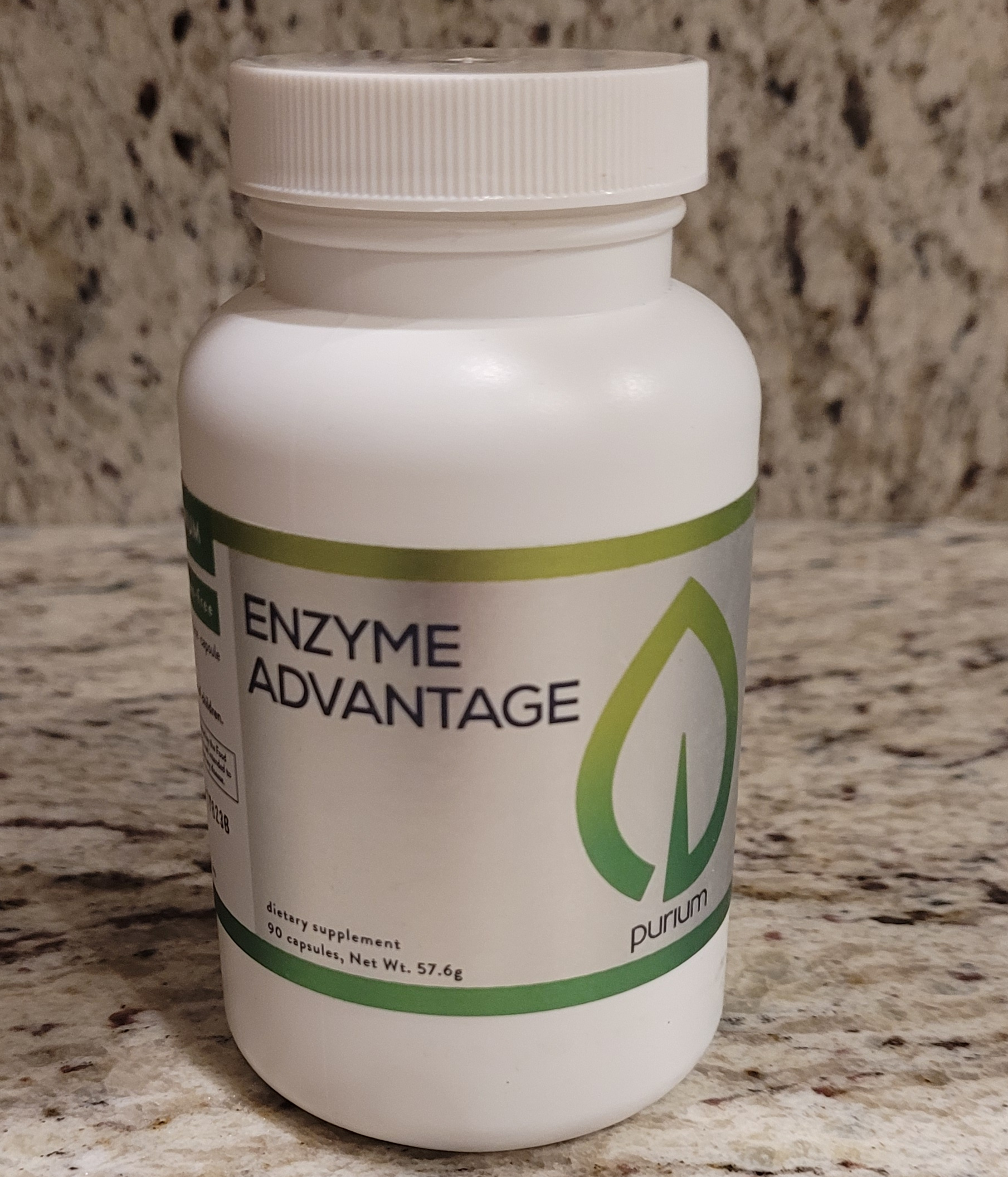Respiratory distress syndrome, or RDS, is a condition that affects premature babies that are born usually before 28 weeks. The more premature the baby is the higher the chances of RDS are to occur. Respiratory distress syndrome occurs when the lungs of the baby are underdeveloped. While in the womb around 26 weeks your baby starts to produce surfactant. Surfactant is a liquid in the lungs that is made up of proteins and fats. This liquid helps keep the lungs inflated and prevents lung collapse. Normally your baby will produce enough surfactant by 34 weeks to be able to breathe normally upon delivery.
Respiratory distress syndrome can affect full term babies. This is less likely and more rare. There are some things that can cause the likelihood of RDS to be higher. If the mother has gestational diabetes it can interfere with the child’s ability to produce surfactant. If the baby is underweight at birth it raises the risk of RDS. Babies that are white and male have a higher chance of RDS. If the mother has had previous births of babies who have suffered from RDS. A C-section delivery can also raise the risk. Other things that raise the risk are perinatal asphyxia, cold stress, perinatal infection, multiple births, and babies that have patent ductus arteriosus.
Symptoms
Symptoms differ from baby to baby. Symptoms usually peak by the third day. One of the first symptoms that is noticed is fast breathing soon after birth. A grunting sound with each breath. Color changes in the lips, fingers, and toes. Widening of the nostrils. Chest retractions. Brief stopping in breathing. Decreased urine output. Are all symptoms that could be experienced.
Diagnosis
Diagnosis usually starts with a physical exam. Your doctor will be looking at the appearance, color, and breathing of the baby. Other diagnosing techniques will be a chest X-ray. An echocardiogram may be done to check for heart conditions that could lead to similar symptoms. Blood tests can also be done to check for infections. And your baby will probably be monitored with a pulse oximeter to check how much oxygen they are getting .
Treatment
The main goal of treatment is to help the baby breathe. Depending on how underdeveloped the lungs are will depend on what way your doctor chooses to help your baby breathe. There are treatment options that can happen before the birth of the baby. If you see that an early delivery is necessary your doctor will start with giving you a steroid injection. This will help stimulate the baby’s lungs. There will usually be a second dose of a steroid after 24 hours of the first one. This treatment helps to prevent RSD in about one third of babies that are born premature.
After birth the babies will need to be helped to get enough oxygen and to breathe. This can be done with a nasal cannula, which is a tube that wraps around and goes into your baby’s nose to help deliver air or oxygen to the baby. Another way to help your baby breathe is a CPAP machine, or a continuous positive airway pressure machine. This machine gently pushes air or oxygen into the baby’s lungs to keep the air sacs open. The most extreme way that may need to be used to help your baby breathe is with a ventilator. A ventilator is a machine that helps your baby breathe when they can’t on their own. Your baby will be intubated, which means a tube is placed in their windpipe to help push air into the lungs. If your child is on a ventilator they can be given surfactant directly through the tube that is down their windpipe. An IV catheter may be placed in the umbilical cord to help your baby receive fluids, nutrition, and medications. Antibiotics may be needed if your baby has an infection. Calming or pain medications may also be given to your baby if they are on a ventilator.
Usually RSD can be fully treated. Babies who have RSD may have complications later in life, or they may have none.
Complications
There are different complications that can occur with RSD. One of them being pneumothorax, which is when there is trapped air in the chest cavity. Internal bleeding can occur in the lungs or the brain. Lung scarring can happen due to your baby being on a ventilator. RSD can also cause developmental disabilities such as learning difficulties, movement problems, impaired hearing, or impaired vision. Developmental problems usually are not severe, more on the mild side.
Prevention
The best way to prevent RSD is to try to prevent early delivery if possible. The longer your baby is in the womb the more developed their lungs become. If an emergency induction or C-section is necessary make sure you and your baby are getting the proper treatment to help your baby’s lungs develop, like getting steroid shots to help stimulate the baby’s lungs.
READ MORE: 16 Healthy Foods For Pregnant Women
Sources:
https://www.nationwidechildrens.org/conditions/respiratory-distress-syndrome-newborn
https://www.nhlbi.nih.gov/health/respiratory-distress-syndrome
https://www.nhs.uk/conditions/neonatal-respiratory-distress-syndrome
https://medlineplus.gov/ency/article/001563.htm
https://www.chop.edu/conditions-diseases/respiratory-distress-syndrome









